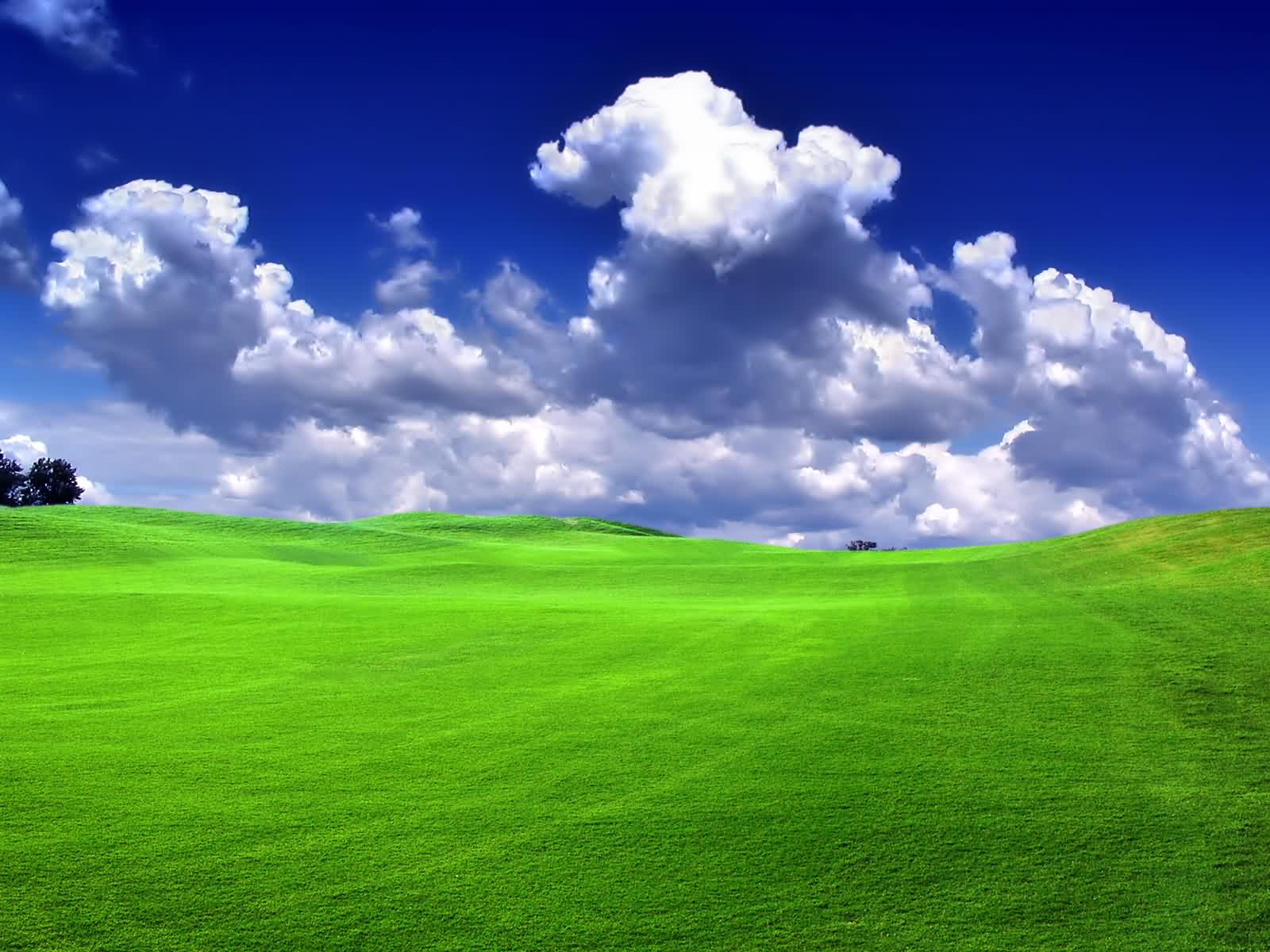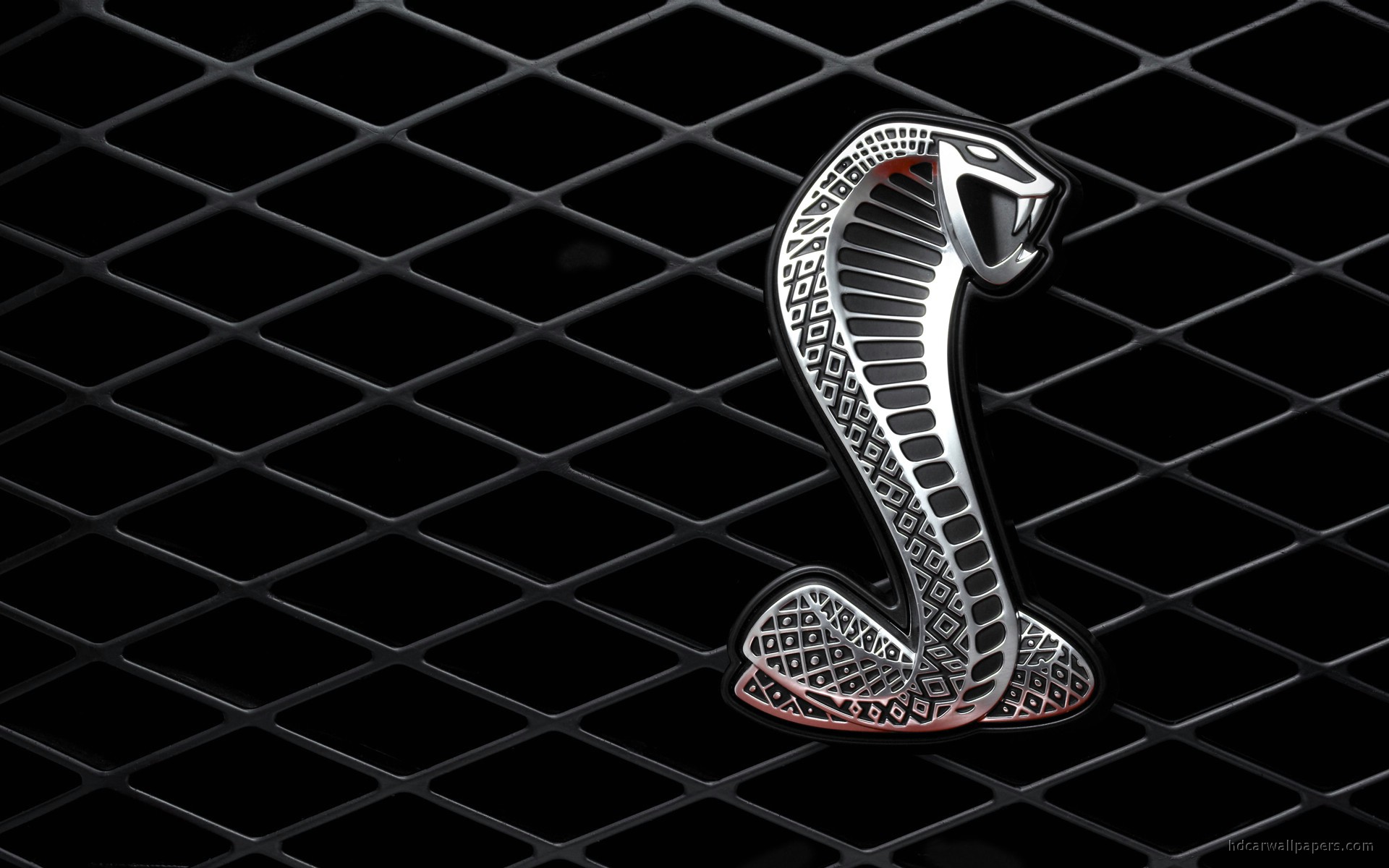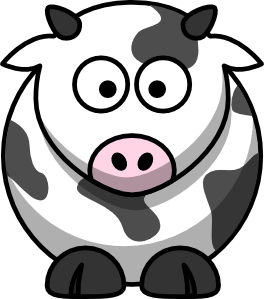Source Google.com.pk
Sunshine HD Wallpapers Biography
Sunshine Jones lives in San Francisco, California where he performs a live/DJ Set every sunday on 90hz.org called Sunday Soul, and produces house music for King Street Sounds, Nite Grooves, from the Treehouse Recording Studio. His label, Treehouse Muzique is preparing for launch in early 2008.
Over the last year, Sunshine has traveled the world spinning and performing live. Loop’s 9 year anniversary in Tokyo was a fantastic beginning for his solo work, which has taken him to Sugar in Adelaide, Australia, up the coast to Byron Bay, and Brisbane. The Family Music Festival in Osaka where he played beside Danny Krivit was inspirational, and The Metamorphose festival in Tokyo, where performing for 16,000 people completely blew his mind.Sunshine spent the 1990′s touring the united states in a van as one half of Dubtribe Sound System, and as creative director of Imperial DUB Recordings. He left the 90′s glad to see them go, but worried about the decade ahead. The turn of the century saw the end of his long term partnerships with IDR, and his musical partner Moonbeam. After working with BMG/Jive, and Defected Records,
Sunshine HD Wallpapers

Sunshine HD Wallpapers

Sunshine HD Wallpapers

Sunshine HD Wallpapers

Sunshine HD Wallpapers

Sunshine HD Wallpapers

Sunshine HD Wallpapers

Sunshine HD Wallpapers

Sunshine HD Wallpapers

Sunshine HD Wallpapers

Sunshine HD Wallpapers

Sunshine HD Wallpapers


























 \
\











